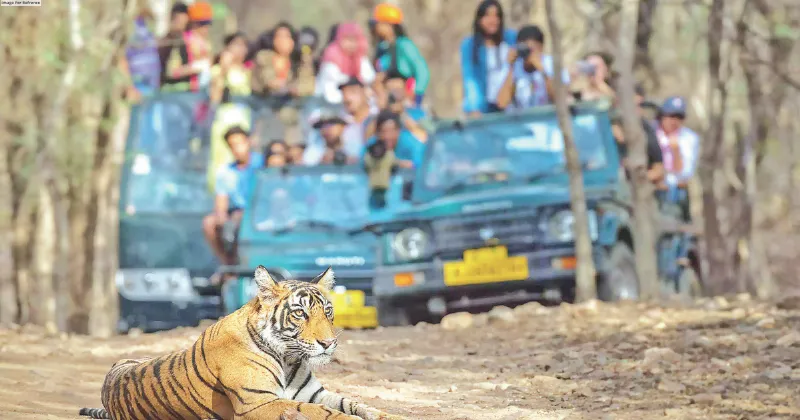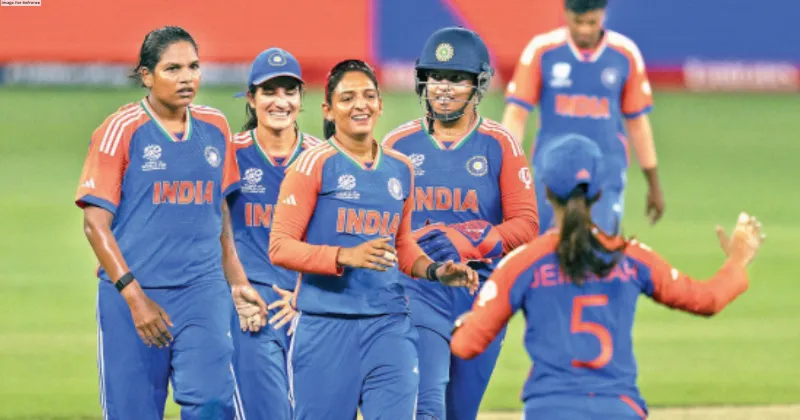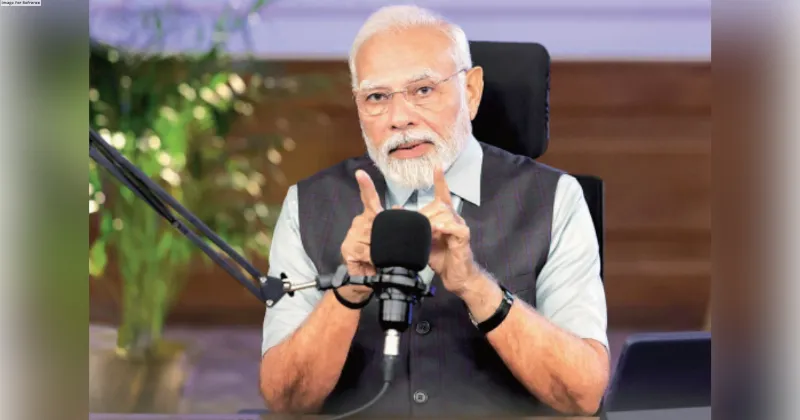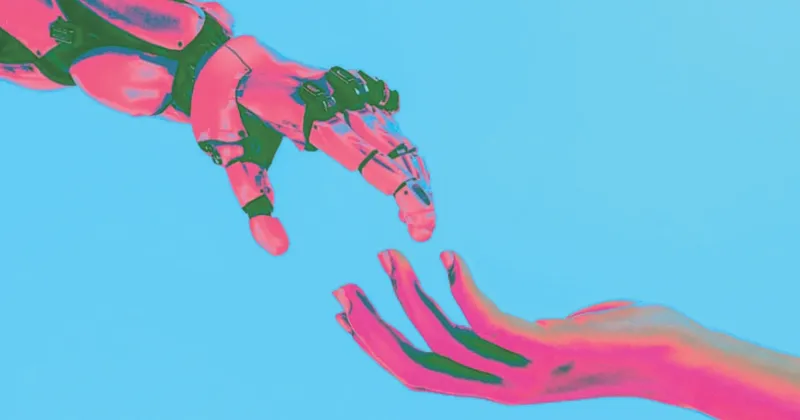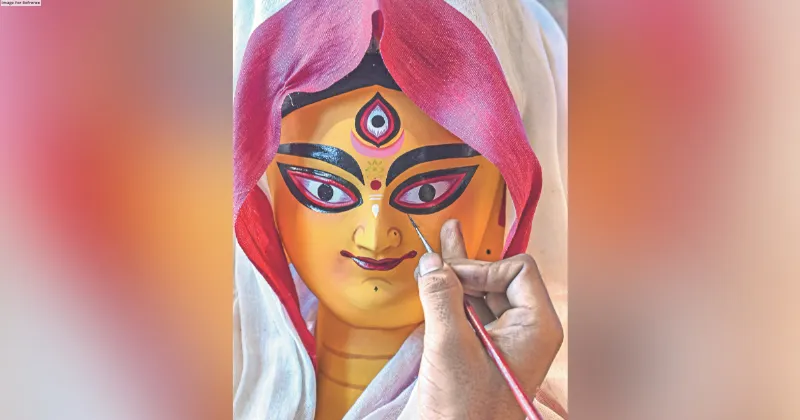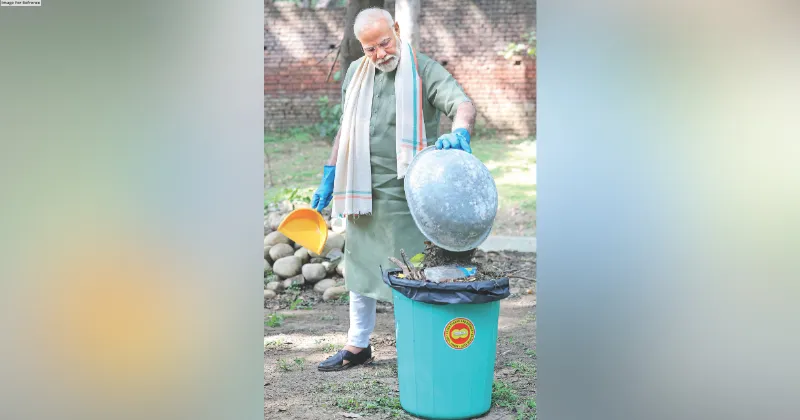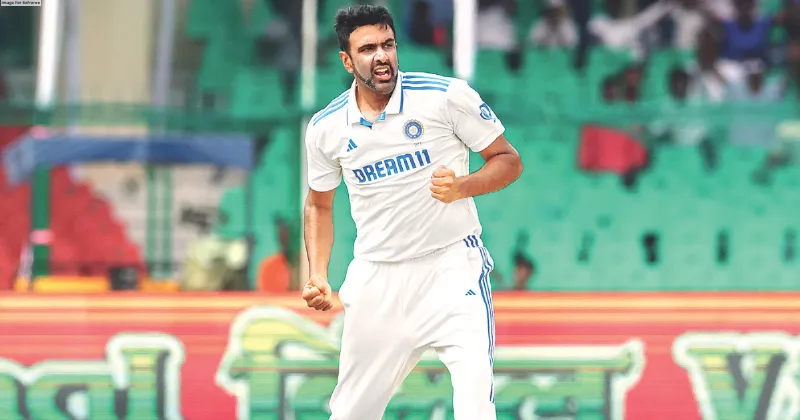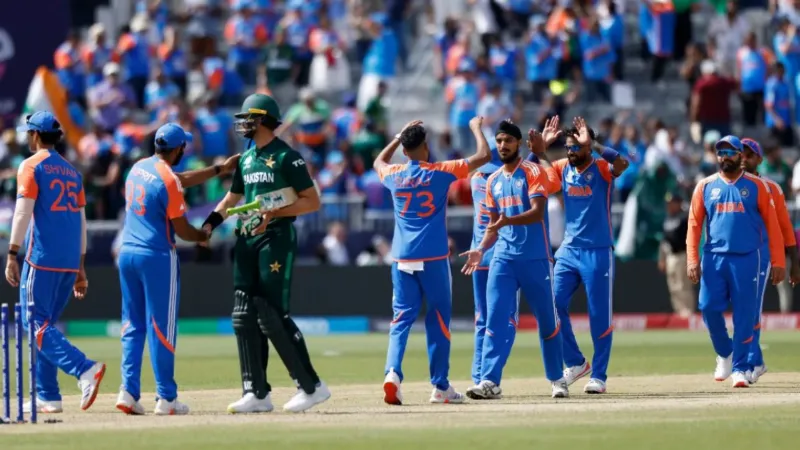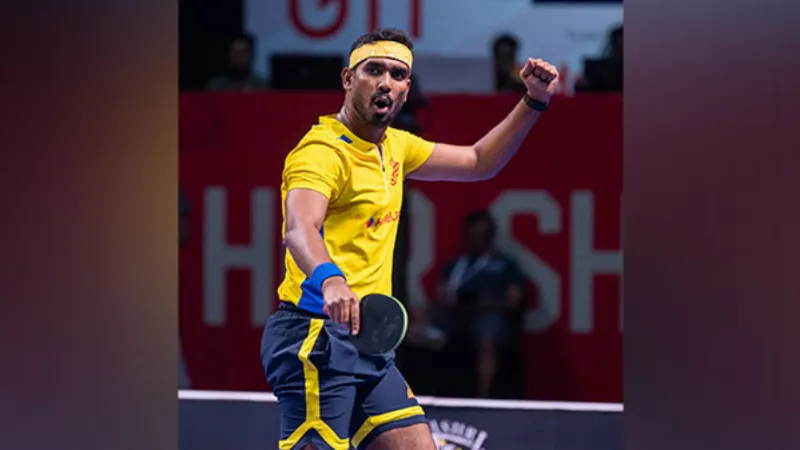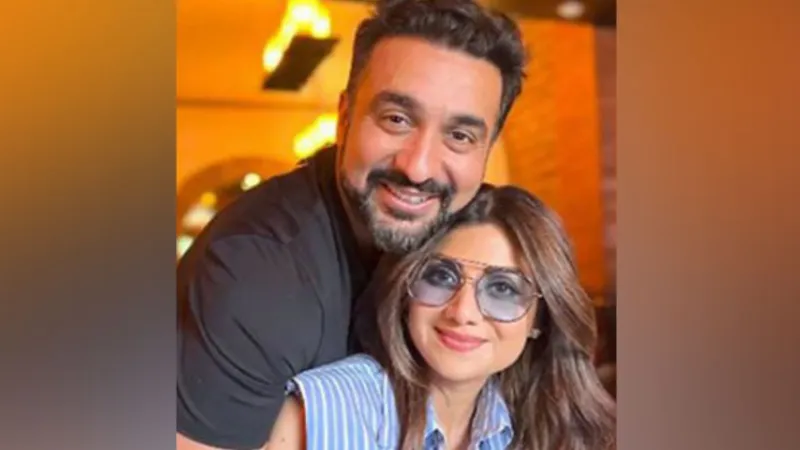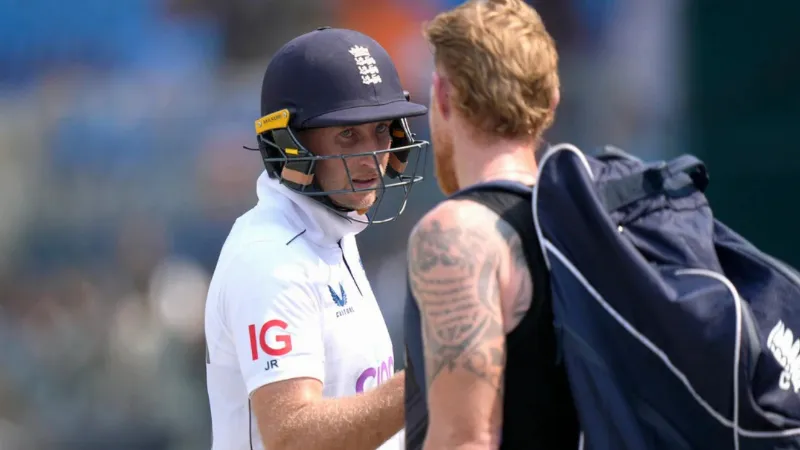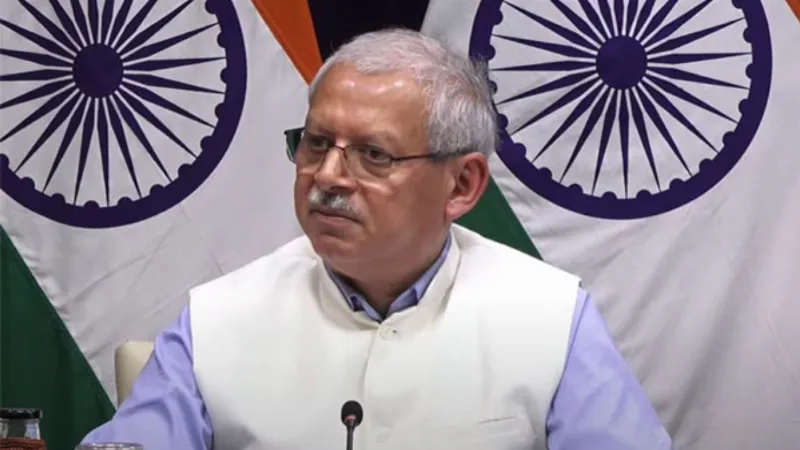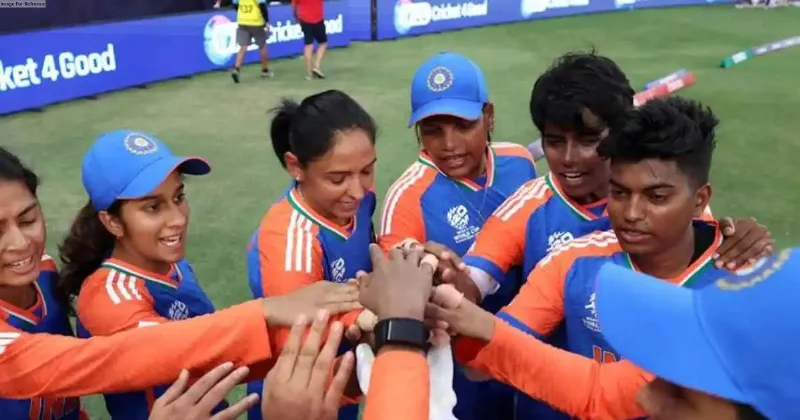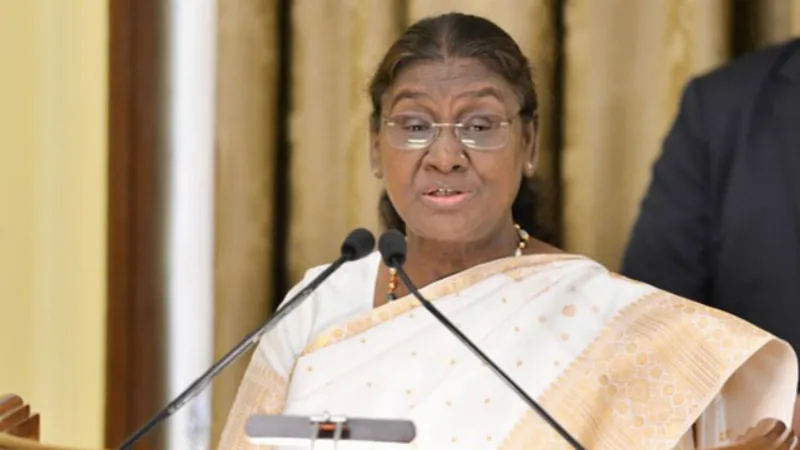Latest News
RAJASTHAN: WHERE PAGRI SYMBOLIZES TRADITION AND SOCIAL STATUS
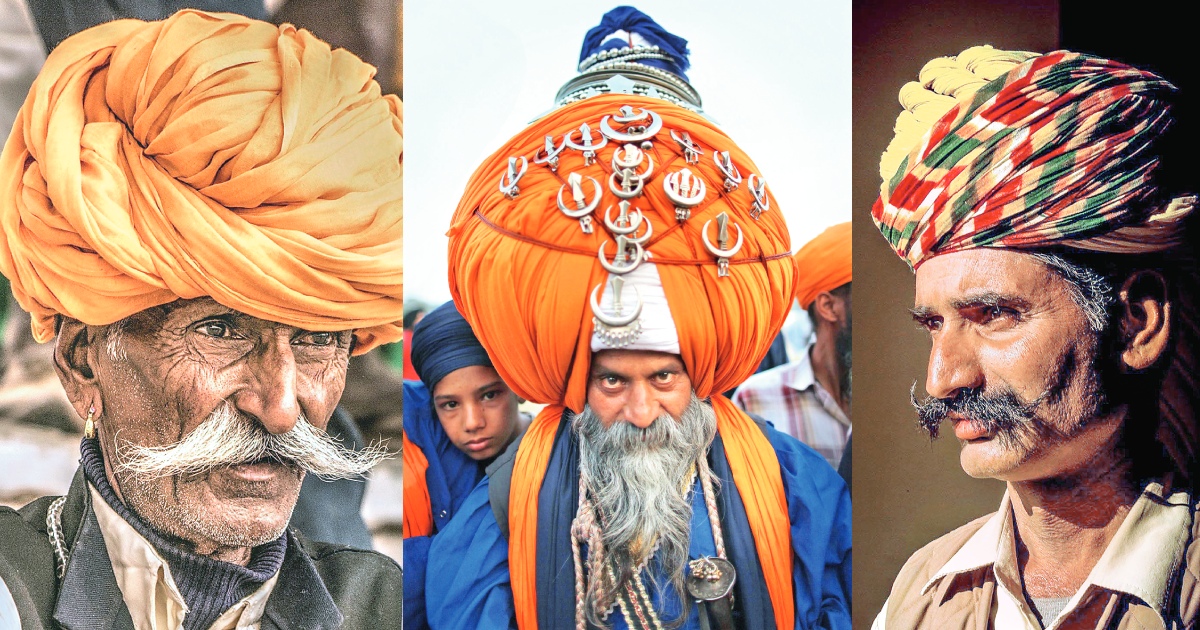
The turban referred to as Rajasthani Pagri is one of the most important parts of men’s attire in Rajasthan. It is the one item that instantly conjures the image of Rajasthan.
The colourful varieties of pagris worn in the state steal the show. Pagris symbolizes tradition and respect. There is a tradition of exchange of Pagris to express solidarity and goodwill in Rajasthan. The turbans of Rajasthan go back a long way in history.
The Rajasthani pagri is not just another piece of attire but is also a symbol of social status. A man wearing a turban is making a statement. The style of tying the yards of cloth, the colour, the shape and other minor details reveal the wearer’s religion, caste, region, social status, profession and the occasion it is being worn for.
The Rajasthani pagri and saafa thus is unique symbol of pride and social class. There is a certain definite colour of the turbans that are worn only during festivals and occasions of joy and sorrow.
Generally, saffron-coloured turbans are worn during fairs and festivals, while people wear white and Khaki coloured turbans during mourning. Depending on the season and the climatic conditions of different regions, turbans of different shapes, sizes and colours are worn in the state.
Turbans in hot desert areas are large and loose. Farmers and Shepards who need constant protection from elements of nature wear some of the biggest turbans.
The Rajasthani turban also fulfil many purposes, from being used as a pillow, towel or blanket by an exhausted traveller to being used as a rope to draw water from the well with a bucket In keeping with the ancient tradition, where members of royal families would present turbans to royal guests and zamindars, the dignitaries and foreign tourists visiting Rajasthan are presented with special turbans even today.
Turban tying competitions are held also every year at the famous Pushkar and Jaisalmer fairs in the state.
There is a unique turban Museum in Jaipur which have one of the largest collections of the Rajasthani pagri and Rajasthani saafa. Udaipur has the world’s biggest pagri on display.
The Bagore ki Haveli prides itself in housing it Covering the head, it can be safely presumed was primitive man’s method to avoid the heat and sun rays. In Hindu mythology, gods and goddesses were identified by their respective mukuts (crowns).
In Hinduism covering the head is considered sacred and all religious ceremonies are performed with heads covered. Similarly even in Islam and Sikhism entering the place of worship with an uncovered head is considered sacrilegious.
The turban is said to be the contribution of the east to the world. Rajasthani pagri s were worn as far In India the turban is tied straightaway on the head but in the west, a cap is first worn and the turban is then tied on that cap With the advent of Islam in India during the 12th century, different styles of turbans came into prominence. Every tribe had its distinctive style of tying these turbans.
Gradually turbans became symbols of social prestige. People would exchange turbans as a token of friendship.
It is said Mughal Emperor Shahjahan exchanged his turban with Maharana Karna Singh of Udaipur as a token of friendship. The turban is still preserved at the Udaipur Museum. It was a turban that saved the life of Maharana Pratap from Mughal soldiers in the battle of Haldighati.
Jhala Mansingh exchanged his turban with Maharana Pratap to create confusion among the enemy and died in the latter’s place. In the national context also all our national heroes whether it was Jhansi ki Rani or Tantiya Tope, Ranjit Singh or Bhagat Singh, all wore turbans.
Even today, communities like Rajputs, Jats and Punjabis consider the Pagri as an integral part of their dress and also of life.
Different communities in Rajasthan are recognised by the colours and patterns on their pagris. In Rajasthan alone, there are 400 different styles of tying a turban. The three popular styles are called pagri, paag and saafa.
The conventional pagri is usually 82 inches long and 8 inches wide. A saafa is shorter and broader whereas the length and width of the paag is normally 18 metres and 9 inches respectively.
Both ends of the cloth are tied in a pagri, while in a saafa one end is left hanging out at the back. When the paag is tied, the cloth is first braided like a rope and then tied more or less like a cap. The Maharanas of Udaipur employed certain people for tying their turbans.
These people known as chaabdars used to develop a new style every day and if the king was pleased with them, they were handsomely rewarded. In Jaipur, the turban is first tied to a wooden head to give it a firm shape before it is worn.
Rajasthani Hindus and Muslims tie the turbans differently. Muslims leave one end of their turban loose on the shoulders whereas the Hindus leave the end hanging on their back. Mirasis, a Muslim tribe inhabiting Rajasthan wear a turban like the Rajputs.
The reason is that once a mirasi pleased a Rajput king with songs in his praise that the king gave this tribe the right to tie turbans like the Rajputs. Not only in Rajasthan but in India also certain rituals and customs have been associated with turbans.
During the marriage ceremony tying a turban is considered sacred. All the rituals of marriage are performed by the bride and bridegroom with heads covered.
In some communities, a turban is presented by the bride’s father to the bridegroom’s father. Similarly, a custom called Rasam Pagri is held after the death of the head of the family.
In this ceremony, a turban is tied to the successor’s head. This ceremony implies that now it is the responsibility of the successor to maintain the honour and prestige of the family.
So from kings to the common man, crossing all religions and social barriers, the human headgear is the lowest common denominator knowing no caste but carrying on a tradition.

